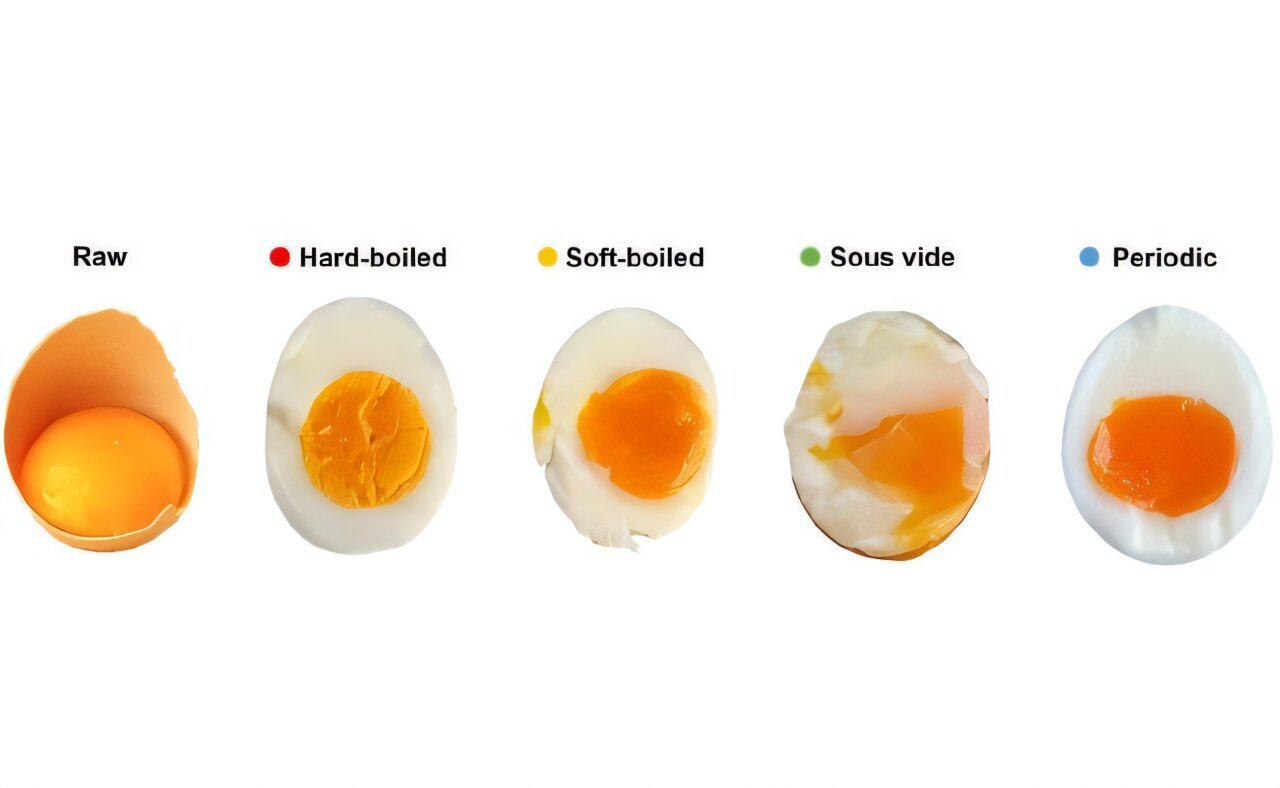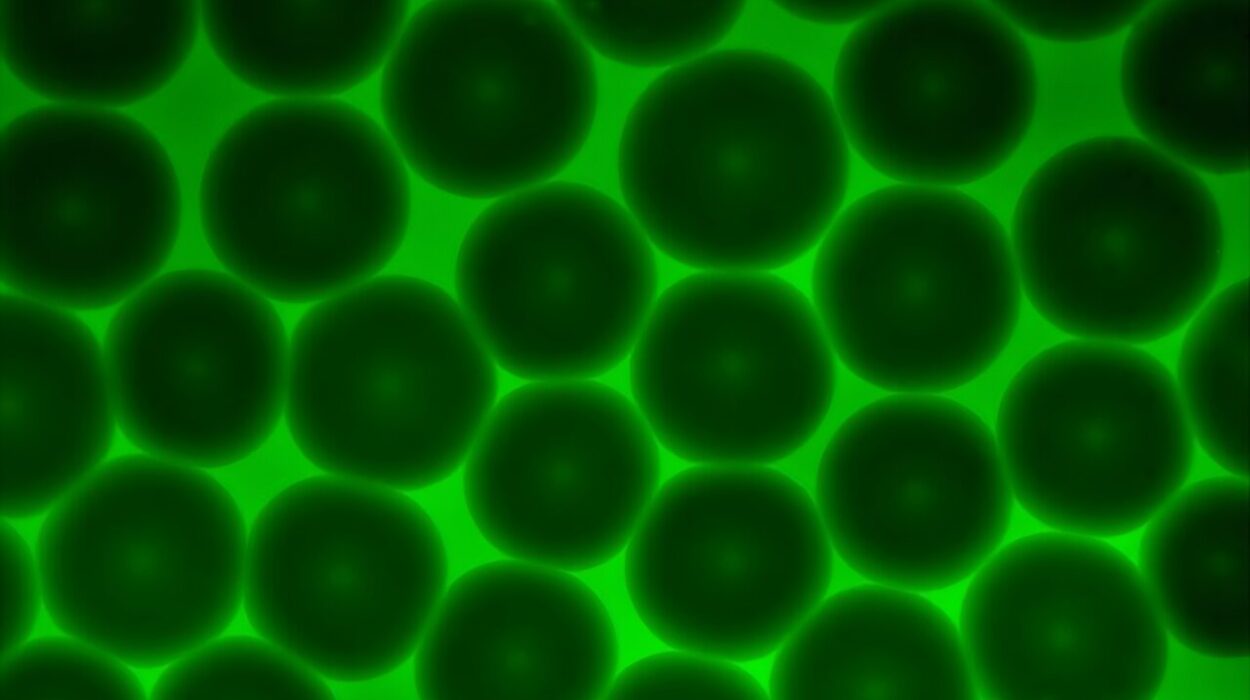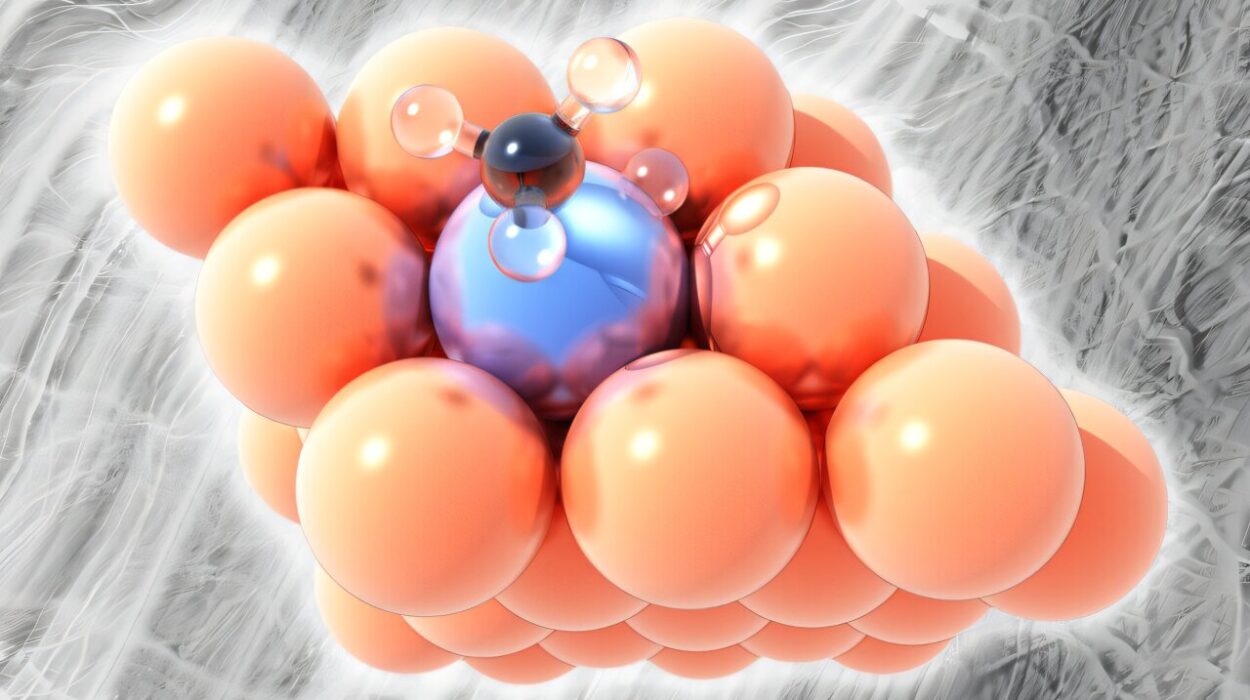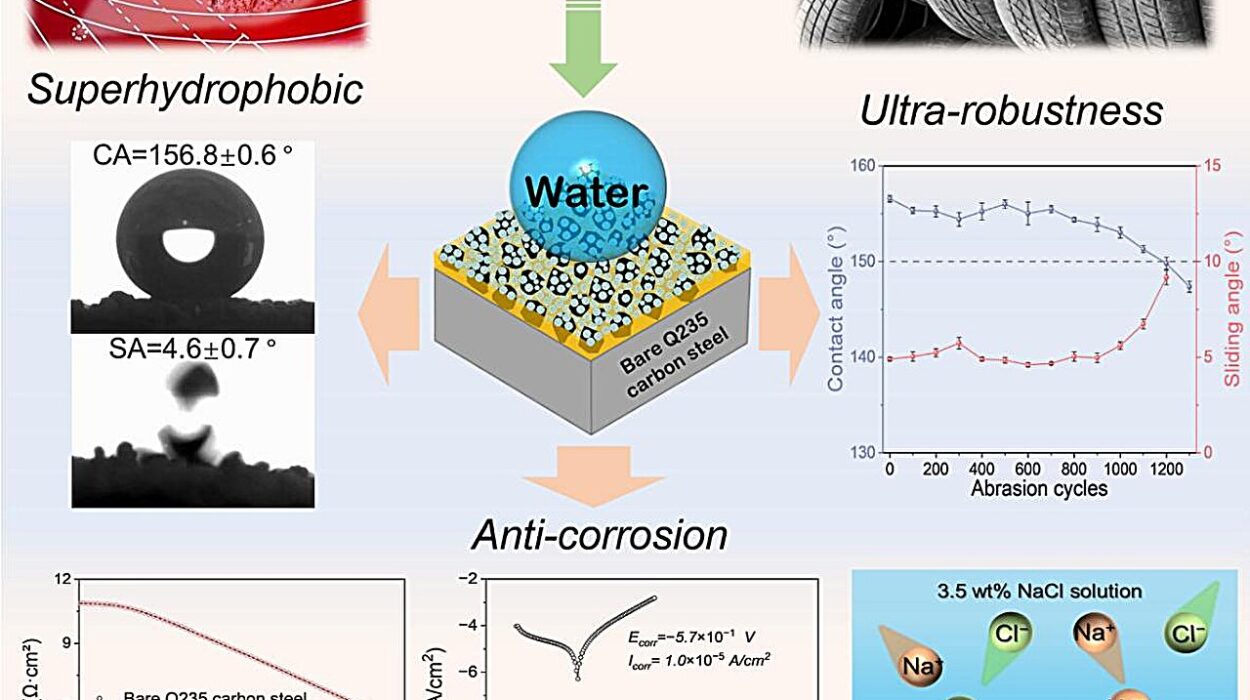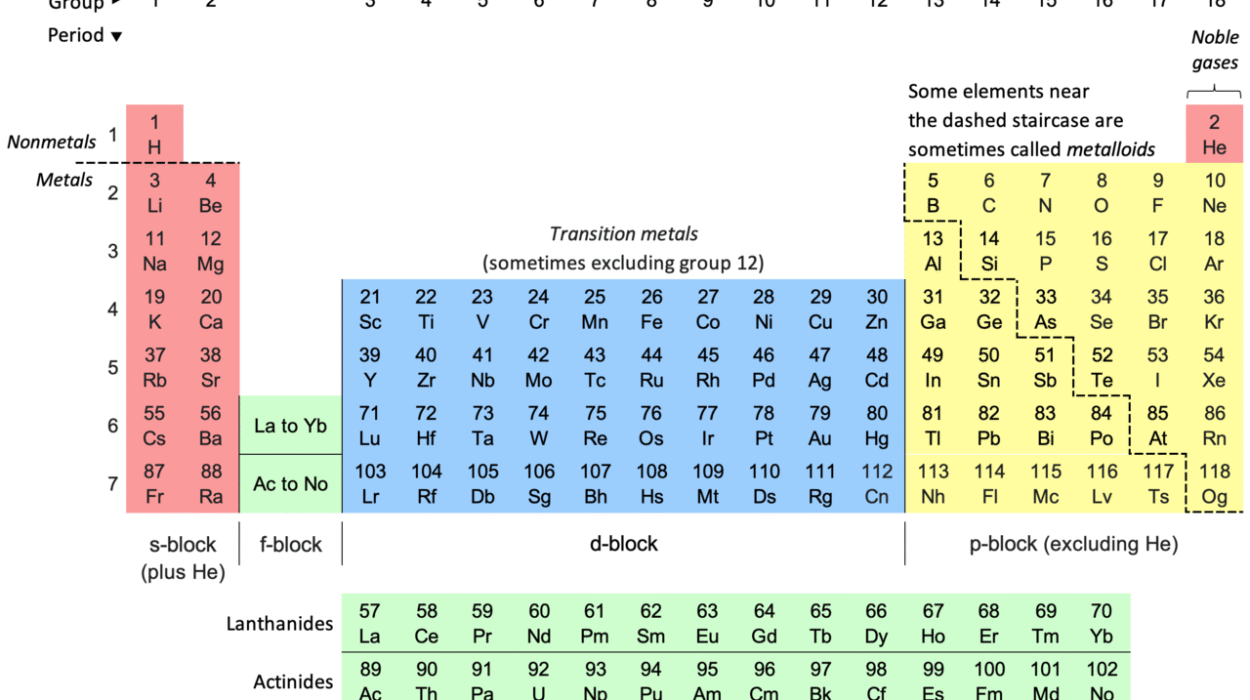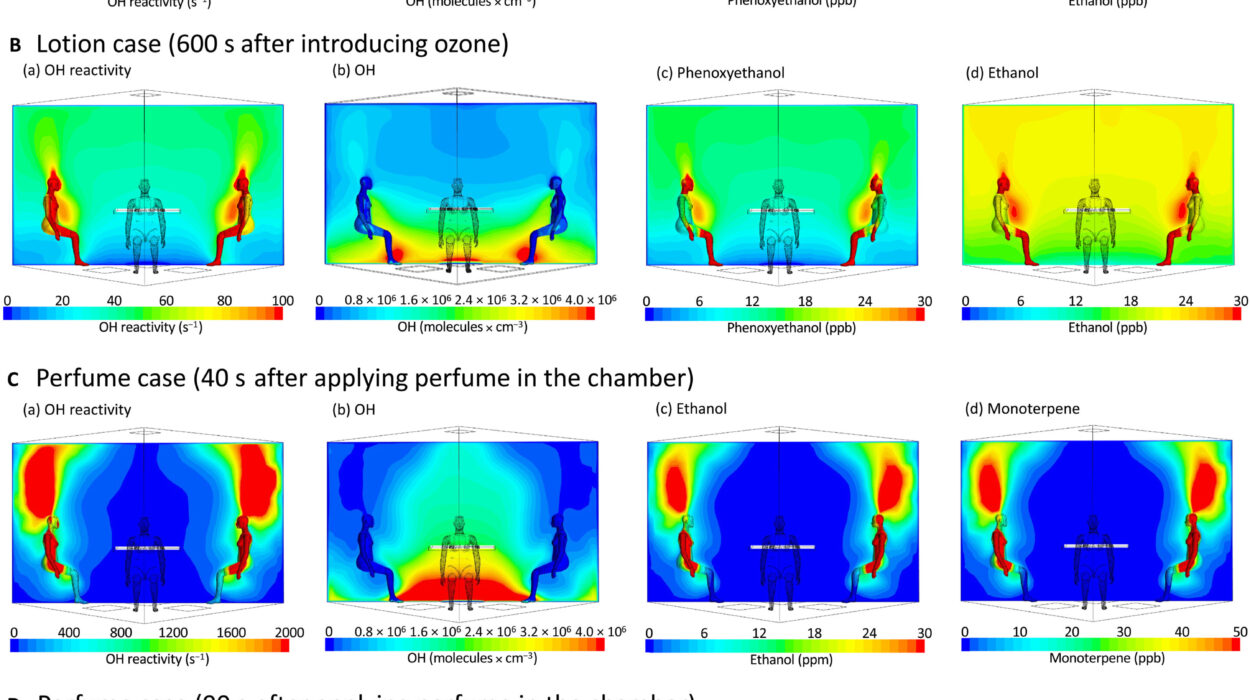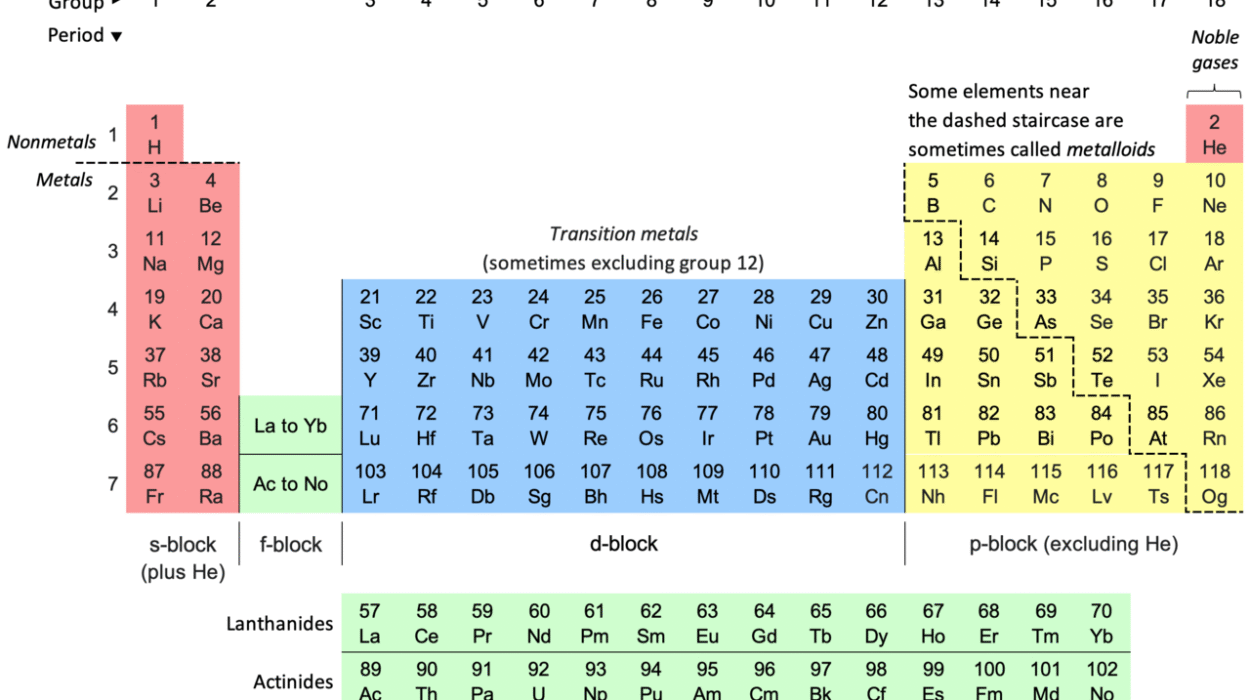A groundbreaking method for cooking eggs to achieve optimal texture and nutrition has recently been detailed in Communications Engineering. The technique, called periodic cooking, was developed by Pellegrino Musto and colleagues and promises a better way to cook both the yolk and the albumen (white) of a boiled chicken egg. This novel approach outperforms conventional boiling and sous vide methods by delivering a more evenly cooked egg and higher nutritional value.
The Challenge of Cooking Eggs: Yolk vs. White
Cooking eggs to the perfect consistency has long been a challenge. This difficulty stems from the fact that the yolk and albumen cook at different temperatures. The albumen begins to set at around 85 degrees Celsius, while the yolk cooks at a much lower 65 degrees Celsius. Boiling eggs at 100 degrees Celsius typically results in an overcooked yolk, while sous vide cooking, which uses water temperatures between 60-70 degrees Celsius for an extended period (about an hour), often leads to an undercooked white.
In standard boiling methods, the egg is immersed in water at a high temperature for the entire cooking duration, causing the yolk to harden completely while the white becomes overcooked. On the other hand, sous vide, which involves cooking eggs in a water bath at lower temperatures, results in a tender, runny yolk but leaves the white undercooked. These results have left both professional chefs and home cooks searching for a method to achieve the perfect balance of yolk and white consistency.
The Periodic Cooking Innovation
To solve this issue, the team of researchers led by Musto turned to computational fluid dynamics (CFD) software to simulate how an egg could be cooked under varying temperature conditions. The software analysis suggested a novel method where the egg would be alternated between two different temperature environments: one boiling water at 100°C and one cooler bowl at 30°C. This back-and-forth transfer would occur every two minutes for a total cooking time of 32 minutes.
The concept behind this periodic temperature fluctuation is to allow the yolk to stay at a stable temperature of 67°C while the albumen would experience a range of temperatures between 35°C and 100°C. This dynamic approach creates a gradual, consistent cooking process that optimally prepares both parts of the egg without overcooking one or the other.
Testing and Results
Once the simulations were completed, the team moved to real-life trials to test this innovative cooking technique. They cooked eggs using the periodic cooking method, alongside conventional hard-boiled, soft-boiled, and sous vide eggs, to compare the results. The eggs were then evaluated based on texture, sensory qualities, and chemical composition using advanced Nuclear Magnetic Resonance (NMR) and High-Resolution Mass Spectrometry techniques.
The results were promising. The yolks from the periodically cooked eggs exhibited a soft, creamy texture, similar to those cooked using the sous vide method. However, unlike sous vide eggs, the whites of the periodically cooked eggs were not runny. The albumen in the periodically cooked eggs achieved a consistency that was more firm than sous vide eggs but softer than typical hard-boiled eggs. The researchers found that the egg whites ranged in temperature from 35°C to 100°C during the cooking process, while the yolk remained at a constant 67°C. This careful balancing of temperatures was key to achieving the desired texture for both parts of the egg.
Health Benefits and Nutritional Findings
In addition to improving the texture, the study also explored the nutritional benefits of the periodic cooking method. Chemical analysis revealed that the yolks of periodically cooked eggs contained higher levels of polyphenols, a class of micronutrients known for their antioxidant properties. Polyphenols have been studied for their potential health benefits, including anti-inflammatory effects and their role in preventing chronic diseases like heart disease and cancer. The research suggests that the periodic cooking method may help preserve or even enhance the nutritional content of eggs compared to conventional boiling or sous vide methods.
Applications Beyond Cooking Eggs
While the primary focus of this study was on improving the cooking of chicken eggs, the researchers believe that the periodic cooking technique could have broader implications. They suggest that this method could be applied to other materials in food science and material science, particularly in areas such as curing and crystallization. The principle of alternating between different temperature environments could help create new processes for controlling the structure and properties of various substances.
Implications for the Future of Cooking
The periodic cooking method developed by Pellegrino Musto and his colleagues represents a significant leap forward in our understanding of how to optimally cook eggs. By addressing the fundamental issue of temperature disparity between the yolk and albumen, the technique not only produces eggs with a superior texture but also enhances their nutritional content.
For both home cooks and professional chefs, this method provides a new tool for achieving perfectly cooked eggs with minimal effort and greater precision. The increased nutritional content—especially the higher levels of polyphenols—could make periodic cooking a more health-conscious alternative to traditional methods of egg preparation.
As researchers continue to explore the applications of this method, it’s possible that we could see the periodic cooking technique adapted for other culinary purposes, improving the way we cook a variety of foods. Additionally, the exploration of its use in materials science could lead to breakthroughs in other fields as well, making this method an exciting innovation with broad potential.
With ongoing interest and research, the periodic cooking method could transform not only the way we cook eggs but also how we approach the cooking of other delicate foods, offering both scientific and culinary benefits for years to come.
Reference: Pellegrino Musto, Periodic cooking of eggs, Communications Engineering (2025). DOI: 10.1038/s44172-024-00334-w. www.nature.com/articles/s44172-024-00334-w
